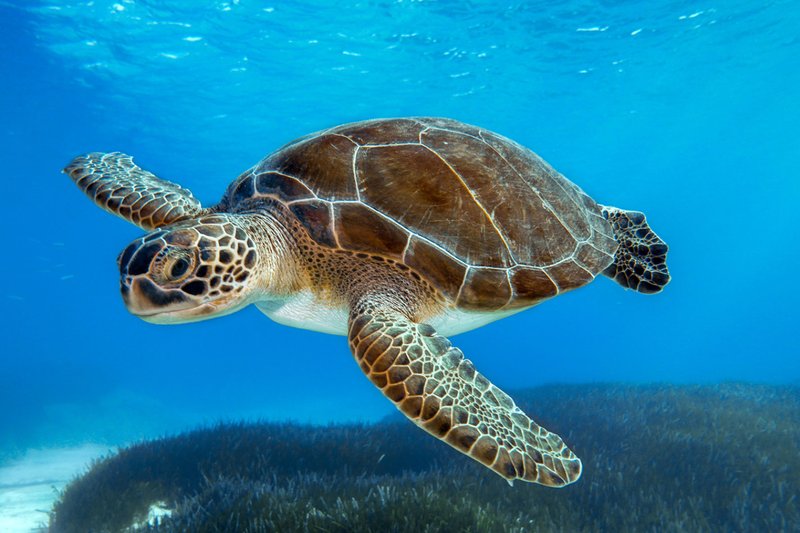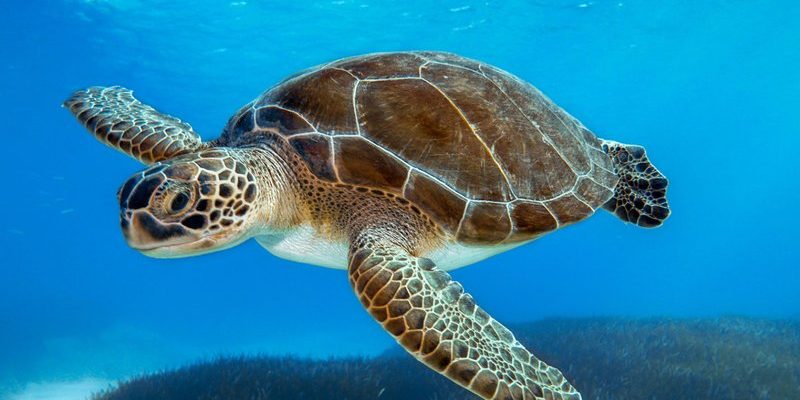
So, what exactly does it mean for sea turtles to be endangered? In simple terms, it means their populations are dwindling due to a variety of factors, including habitat loss, pollution, and climate change. You might be wondering how these issues affect these creatures specifically and what conservation efforts are in place to help. Let’s dive into this topic and explore what’s happening with sea turtles today.
What Makes Sea Turtles Endangered?
To understand why sea turtles are endangered, it’s essential to recognize the various threats they face. One of the biggest culprits is habitat loss. Sea turtles rely on beaches for nesting, but increasing coastal development can rob them of these vital sites. Imagine building a beautiful home but realizing there’s no beach left for a relaxing view. That’s what’s happening to sea turtles.
Additionally, pollution plays a huge role in threatening these gentle giants. Plastics, for instance, can end up in the ocean, where turtles mistake them for food. Eating something that looks delicious but is actually harmful is like taking a bite out of a plastic bottle thinking it’s a tasty treat. This can lead to serious health problems for the turtles.
Climate change is another pressing issue. Rising sea temperatures can affect the sex ratios of turtle hatchlings, with warmer sands resulting in more females than males. It’s like having a party that’s 90% girls and only 10% boys—there simply aren’t enough partners to keep the population going in the long run.
Current Conservation Status of Sea Turtles
Sea turtles are divided into several species, each with its own conservation status. The IUCN Red List highlights the precarious situation of these turtles. Some species, like the leatherback turtle, are critically endangered, while others, such as the green turtle, are classified as endangered. This classification is crucial because it helps guide conservation efforts and policies.
Conservation status changes as new data comes in. For example, a decade ago, the hawksbill turtle was categorized as critically endangered. Through various conservation efforts, its status has been monitored closely, showcasing the positive impact of focused efforts. Knowing where each species stands helps conservationists prioritize their actions and allocate resources effectively.
Moreover, it’s important to note that these classifications aren’t just scientific terms; they represent a call to action. The more we understand the status of each species, the better equipped we are to help them thrive.
Conservation Efforts for Sea Turtles
Here’s the thing: while the situation for sea turtles might seem grim, many organizations and individuals are actively working to protect these incredible creatures. Conservation efforts can vary widely but often include habitat protection, community education, and rehabilitation programs for injured turtles.
One effective approach is nesting site protection. Many organizations establish protected areas where turtles can nest safely without the threat of human interference. Volunteers often patrol these beaches during nesting season, ensuring that nests are safeguarded from predators and human disturbance. It’s heartwarming to picture volunteers camped out on a beach, waiting to help a mother turtle lay her eggs, almost like guardians of the sea.
Education is another vital piece of the puzzle. Many conservation groups focus on raising awareness about the threats sea turtles face. By engaging local communities in conservation efforts, they help instill a sense of responsibility to protect these creatures. For instance, educational programs in schools can inspire young people to care about their local ecosystems.
Finally, rehabilitation programs for injured turtles are essential. When a turtle gets caught in fishing gear or swallows plastic, organizations step in to provide medical care. This can range from simple wound treatment to complex surgeries, all aimed at returning these turtles to the wild. Imagine saving a friend from a tough spot—that’s what these organizations do every day!
The Role of Legislation in Sea Turtle Conservation
Legislation plays a significant role in protecting sea turtles. Various laws and agreements exist to ensure their safety. National and international laws help regulate fishing practices and reduce bycatch (the unintentional catch of non-target species). The Endangered Species Act in the United States, for example, provides protections for sea turtles and their habitats.
Many countries have also signed international agreements, like the Convention on International Trade in Endangered Species (CITES), which limits trade in endangered species. This means that the beautiful shells of sea turtles aren’t sold freely, which helps prevent illegal poaching and keeps turtle populations from dwindling even further.
Furthermore, local governments are increasingly implementing regulations that promote sustainable tourism practices. Responsible tourism not only allows visitors to appreciate these animals but also contributes financially to conservation efforts that protect their habitats. It’s like turning a day at the beach into an opportunity for turtles to thrive!
How You Can Help Sea Turtles
If you’re passionate about sea turtles and want to get involved, there are plenty of ways you can make a difference. Simple actions can contribute to their conservation. For starters, reducing plastic use can significantly impact the health of our oceans. Think about bringing reusable bags when shopping or using a metal straw instead of a plastic one.
Participating in beach cleanups is another fantastic way to help. These events not only help keep the environment clean but also raise awareness about the issues sea turtles face. It’s a rewarding experience, and you’ll likely meet others who share your passion for marine life.
You can also support organizations committed to sea turtle conservation. Donations or even just spreading the word about their efforts can help fund crucial projects. Remember, every little bit counts, and your efforts can add up to make a big difference.
So, are sea turtles endangered? Yes, they are, but the good news is that there’s hope. Thanks to ongoing conservation efforts, awareness, and advocacy, there’s potential for a brighter future for these ancient mariners. The journey won’t be easy, and it requires collective action, but every step we take counts.
Remember, it’s not just about saving the sea turtles; it’s about preserving the health of our oceans for future generations. Each time we choose to act—whether reducing plastic use, supporting legislation, or volunteering—we contribute to a healthier planet. Let’s keep the conversation going and ensure these majestic creatures continue to grace our waters for years to come.

